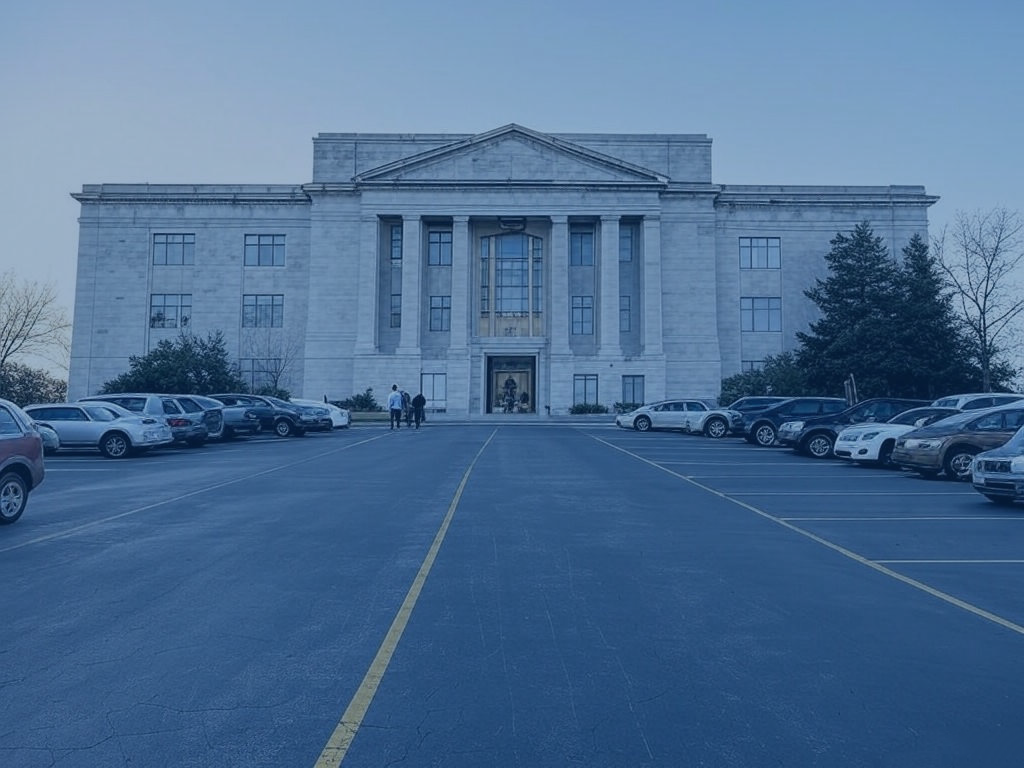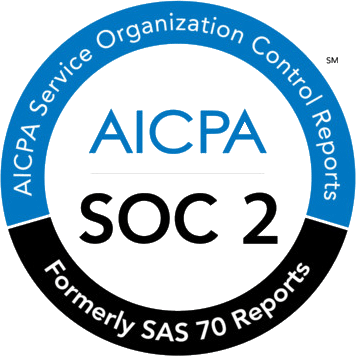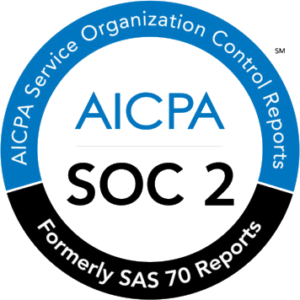Commuter dependency on single passengers cars is an issue. Over 76% of Americans driving to work alone. The knock-on impacts are massive, congestion, pollution etc.
A lot of companies are grappling with this challenge. They are doing their best to reduce car dependency. They are running all sorts of mobility schemes aimed at reducing car usage but progress is slow. Why is this?
Reducing car dependency is a little counter-intuitive. Yes carpooling, active travel and public transport all have a support role. Yet, you have to start with your employee parking management.
Let’s have a look at how leading companies manage employee parking to reduce car commuting in three simple steps.
Table of Contents
ToggleStep 1: Optimize your parking
Improve your parking operations with sustainability in mind
Find out how Wayleadr can help you reduce your carbon footprint and promote sustainable practices
Get a DemoThis is probably the piece of the pie that people find it hardest to get their heads around. In order to start eliminating car usage, you need to start by making sure your car park is being run probably.
Poor employee parking management is the biggest recruiter of car commuters. There are lots of different types of employee parking policies. Each policy impacts your commuting culture differently. In broad strokes, unless your car park is predictable you are going to find it hard to reduce car commuting.
Predictable means that every employee needs to know in plenty of time if they have a parking space at the office. This allows them to plan alternative travel for days when parking is not available.
Think about what happens when parking isn’t predictable. For example in a first come, first served employee parking lot. Let’s say there are 1,000 car commuters and 800 parking spaces.
Every employee thinks they have a good chance of getting a parking space, so they run the gauntlet for parking each day. On busy days they might not get a space and they have to pay to park elsewhere.
By and large though, these employees get parking when they want it. This is a problem. 1,000 people are sitting into their car everyday with the hope of parking.
In this scenario, a company can run all the carpooling and active travel programs in the world but it will hard to move the dial. Ultimately the prospect of free parking is too attractive. However, one simple change could reduce car commuting by 20%.
Introducing an employee parking management software like Wayleadr.com will make an impact. Leveraging the parking reservation feature, all employees could apply for parking when they will need it. The app will then alert staff if parking is available or not.
On days when parking will not be available employees can be plugged in with alternative travel options in advance. This greatly increases the likelihood that they will abandon their car to get to work.
Market leading employee parking software Wayleadr.com has a lot of other features which can help. Occupancy tracking allows companies to communicate real-time parking availability with employees. While automated parking communications lets people know if there are particularly busy days to plan to leave the car at home.
Long story short, the first step in reducing car dependency is to get a grip of what is happening in your car park.
Step 2: Understand parking behaviour
The next step is to drill down a little and to figure out is your car park actually fit for purpose.
A lot of companies in search of predictability, introduce designated parking. This means that certain staff are assigned fixed spots. This makes sense in a lot of ways. It limits the amount of people who can drive to work. While also prioritising those who need parking most.
However, this approach has two issues.
Waste occurs naturally. Employees are working from home, out at meetings, on holidays etc. What happens their space while they are away? Mostly it lies empty. In fact offices which operate parking this way will tend to have 20% – 40% of space empty at any given time.
Secondly, when a parking space is a status symbol in an office, employees feel they need to use it or lose it. When they don’t use their space it goes to waste and they feel they should use it as a result.
Again, companies with parking management software like Wayleadr.com avoid these issues. The software automates sharing of parking spaces. So on days when assigned spaces are not being used they can then be assigned to to other staff in need.
This has a knock-on effect, as companies can begin to reduce their parking footprint. Think of it like hotdesking for parking spaces.
More importantly, the software brings a level of data and understanding to your car park which you previously never imagined possible.
Companies can now figure out what their average occupancy is. What are the busy days? Exactly who is driving and what their behaviours are. This is the fundamental foundation for companies to start to reduce their car dependency.
Step 3: Eliminate parking
Any company who is serious about reducing car dependency, needs to have a long-term strategy for eliminating car parking.
All your parking can’t go in one fell swoop. There would be uproar among employees. Having a clear plan makes this very achievable.
The first place to start is with your data and insights from your parking management software. This allows you to work out exactly how much parking you currently need. Most companies grossly estimate how much parking they need.
They plan for the ten very busy days they have every year. Instead of planning for a normal day. Let’s say on a normal day you have 600 drivers and on a busy day you have 1,000.
Reduce your car park to 600 spaces and come up with a plan which allows people to park off-site for very busy days (events etc.). Straight away you have made it harder to drive to work without creating a civil war.
As your alternative travel programmes kick into life, you need to keep monitoring car park usage and start to squeeze. Announce that the aim is to reduce parking spaces by 10% each year.
People will realize that they need to start engaging with other options and the dial will begin to move faster than you ever imagined.
Looking for some real-life examples? Check out how companies like Sanofi, Version 1 & Sanderson have solved their parking problems.
Schedule a demo with Wayleadr.com today and solve your parking problems in the click of a button.






